Richard Seifert's London: 'Urban, modern and bombastically brutalist'
London is full of Richard Seifert buildings, sprinkled with the 20th-century architect's magic and uncompromising style; here, we explore his prolific and, at times, controversial career
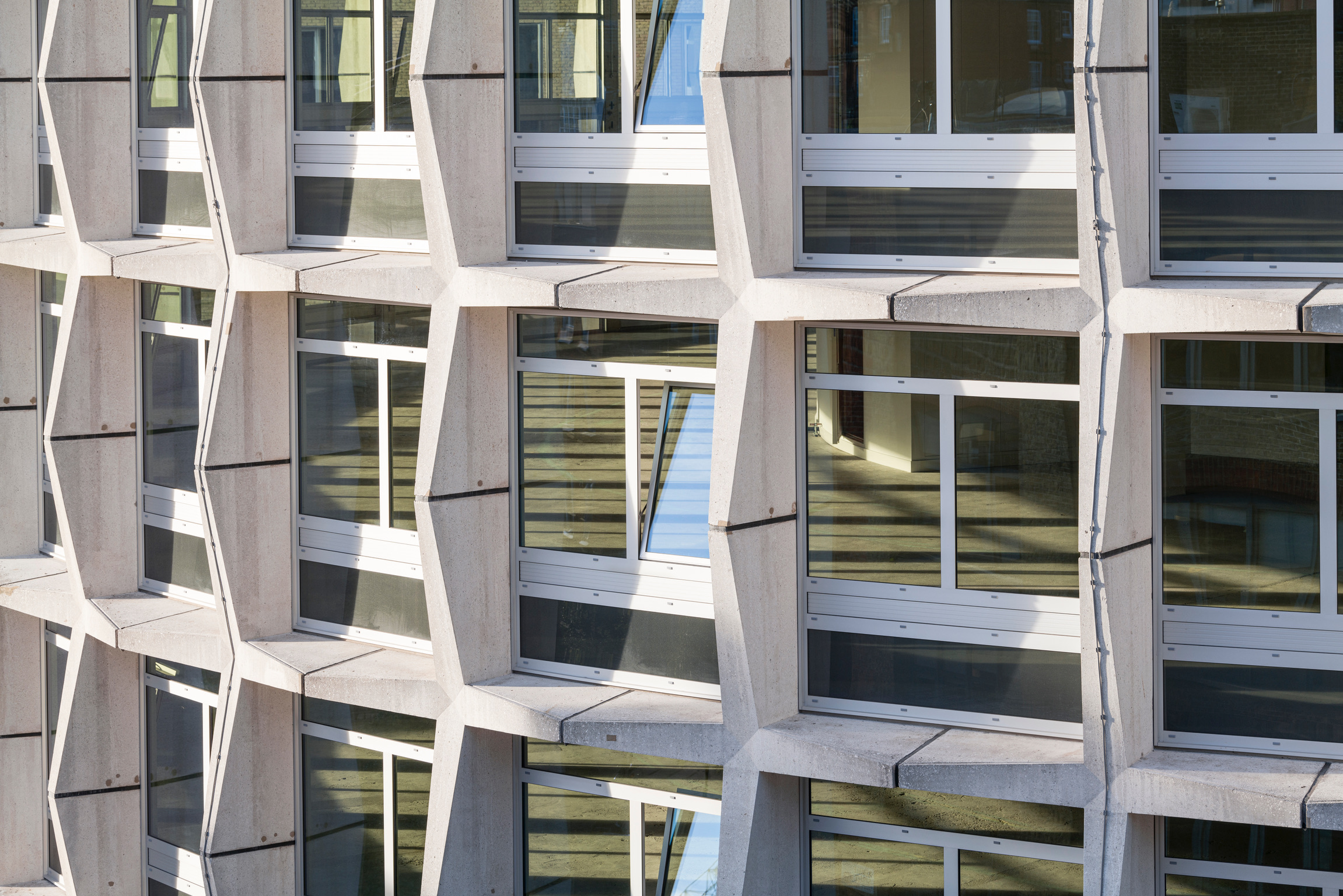
If you have spent time in London, particularly rushing around the streets of the city’s various business districts, you will most likely have passed by a Richard Seifert building.
The Swiss British architect, who delivered an astonishing 600-plus structures across the UK capital throughout the 1960s and 70s, including Centre Point, The NatWest Tower and Space House just off Holborn’s Kingsway, is credited both as being the man who brought the high-rise office block to the UK and the designer who has shaped the London skyline more than any other.
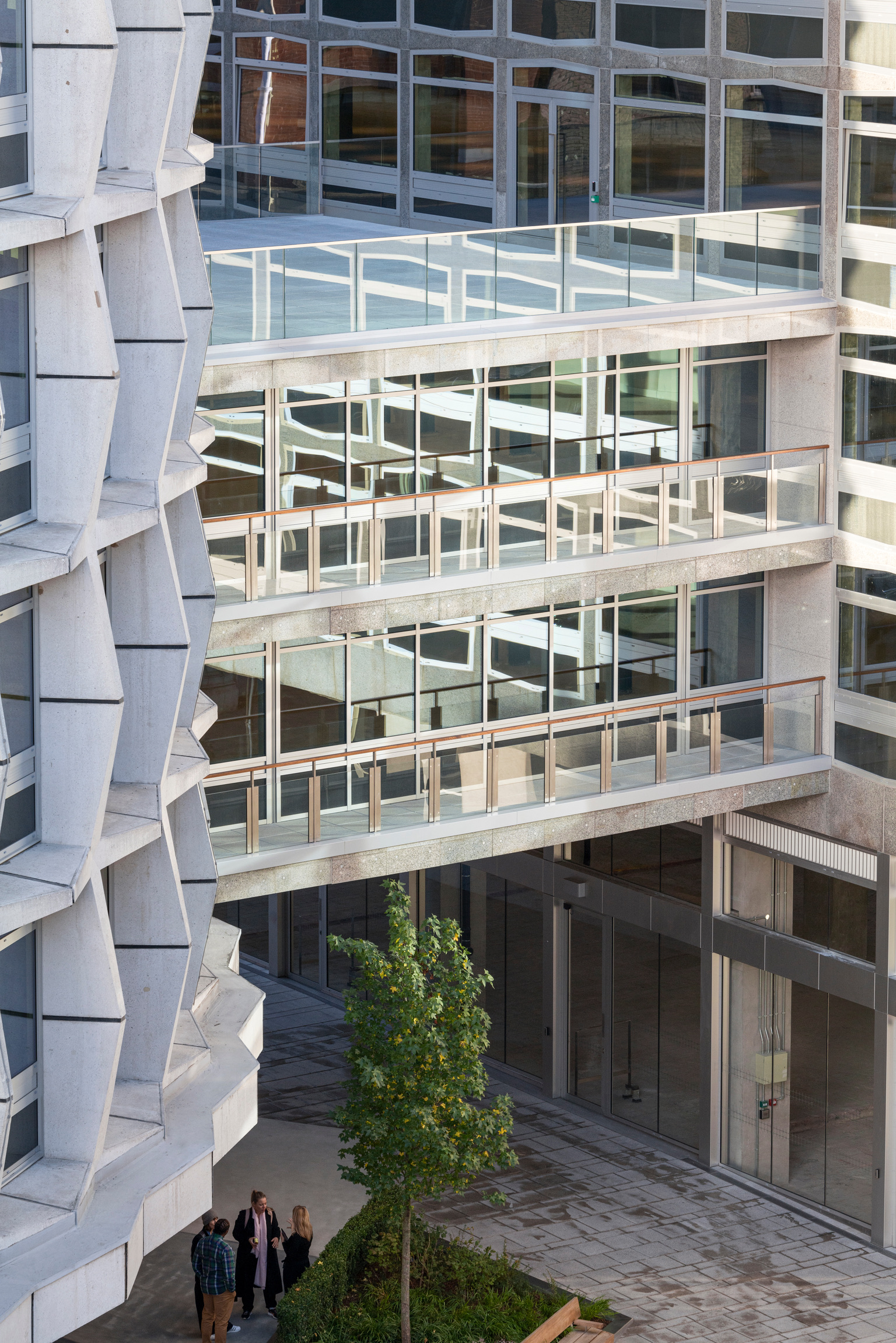
Space House
Welcome to Richard Seifert's London
But ubiquity and popularity don’t always go hand in hand. No stranger to criticism, Seifert was reviled by many throughout his career thanks to his uncompromising style – urban, modern and bombastically brutalist. He even managed to get on the wrong side of Princess Margaret, who expressed her dislike for his Royal Garden Hotel overlooking her garden at Kensington Palace.
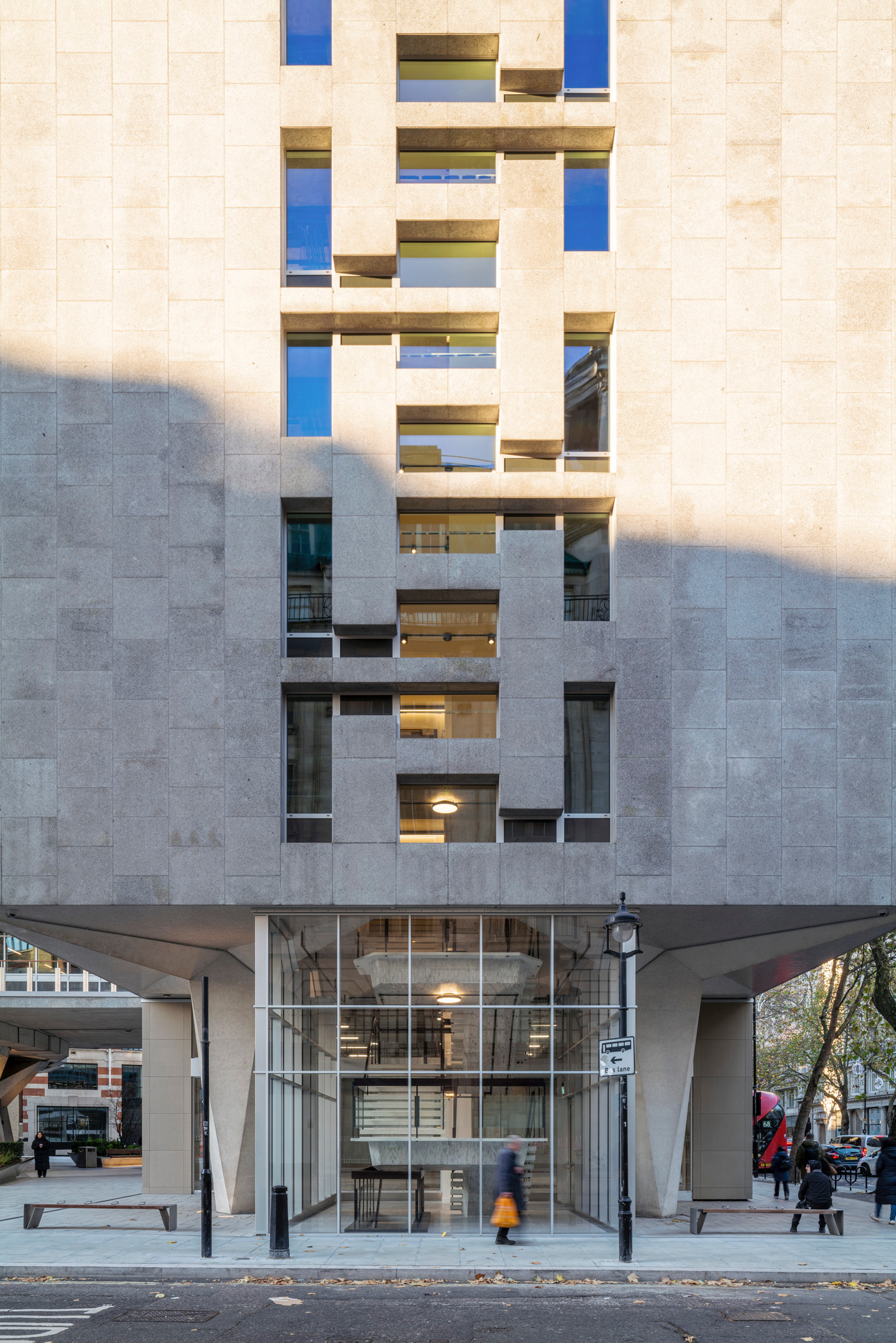
Space House
Now, over 60 years on and in the wake of a growing commitment to preserving mid-century modernist architecture, the tide is turning, and a resurgence is afoot. In the words of developer Martyn Evans, London is whispering Richard Seifert’s name. 'His buildings are having their moment,' says the creative director of Landsec. 'It feels like a rediscovery, a quiet celebration. This isn’t nostalgia. This is affirmation. Richard Seifert’s buildings weren’t fleeting gestures or fashionable curiosities. They were designed to last and to matter.'

Centre Point
Indeed, they have, as demonstrated by a recent spate of sensitive and environmentally conscious restorations. These are projects that have proven Seifert’s original, pared-back designs, no matter how disparaged they were at the time or since for their aesthetics, lend themselves remarkably well to modern, sustainable architecture conversions.
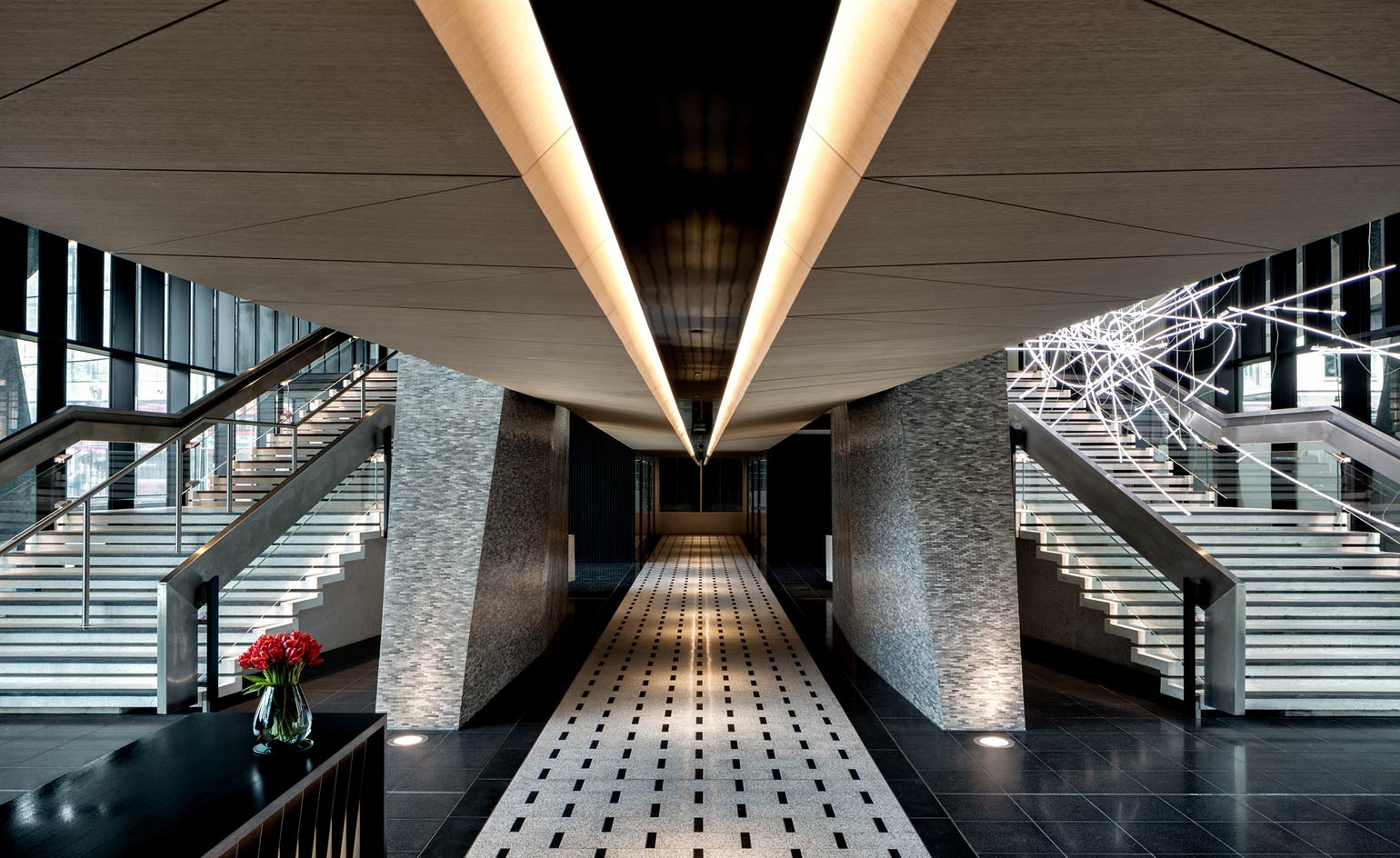
Centre Point
The most recent of these was the redevelopment of Space House, the former Civil Aviation Authority HQ building in Covent Garden, where it has stood since 1968. In a bold departure from the lure of the new, 90% of the original structure – a distinctive 17-storey cylindrical tower linked to a rectangular block by an enclosed bridge – has been retained for a fresh generation of office occupiers.

Typewriter Building
Reopened at the end of last year, the Grade 11-listed building has been praised by Historic England as ‘one of the most important redevelopment projects of our time’ given the unwavering commitment from developer Seaforth Land, architects Squire & Partners and environmental engineers Atelier 10 to not only breathe new life back into the structure, but to ensure it has the sustainability credentials to guarantee ongoing longevity.
Receive our daily digest of inspiration, escapism and design stories from around the world direct to your inbox.
Given that adding external insulation was 'impossible without altering the building’s historic character,' says Tim Gledstone, partner at Squire & Partners, efforts were focused on replacing windows with high-performance glazing using 3D scanning and installing micro-chilled beams for heating and cooling. The result? A revitalised structure dating back to the late 1960s, underpinned by a coveted BREEAM Outstanding Certification.

Typewriter Building
This is not a one-off occurrence. The Typewriter on Borough High Street, originally designed by Seifert and Wilem Fischman in the 1950s and since reimagined by developers W.RE and Cowie Montgomery Architects, was completed in 2023 as part of a low-carbon refurbishment.
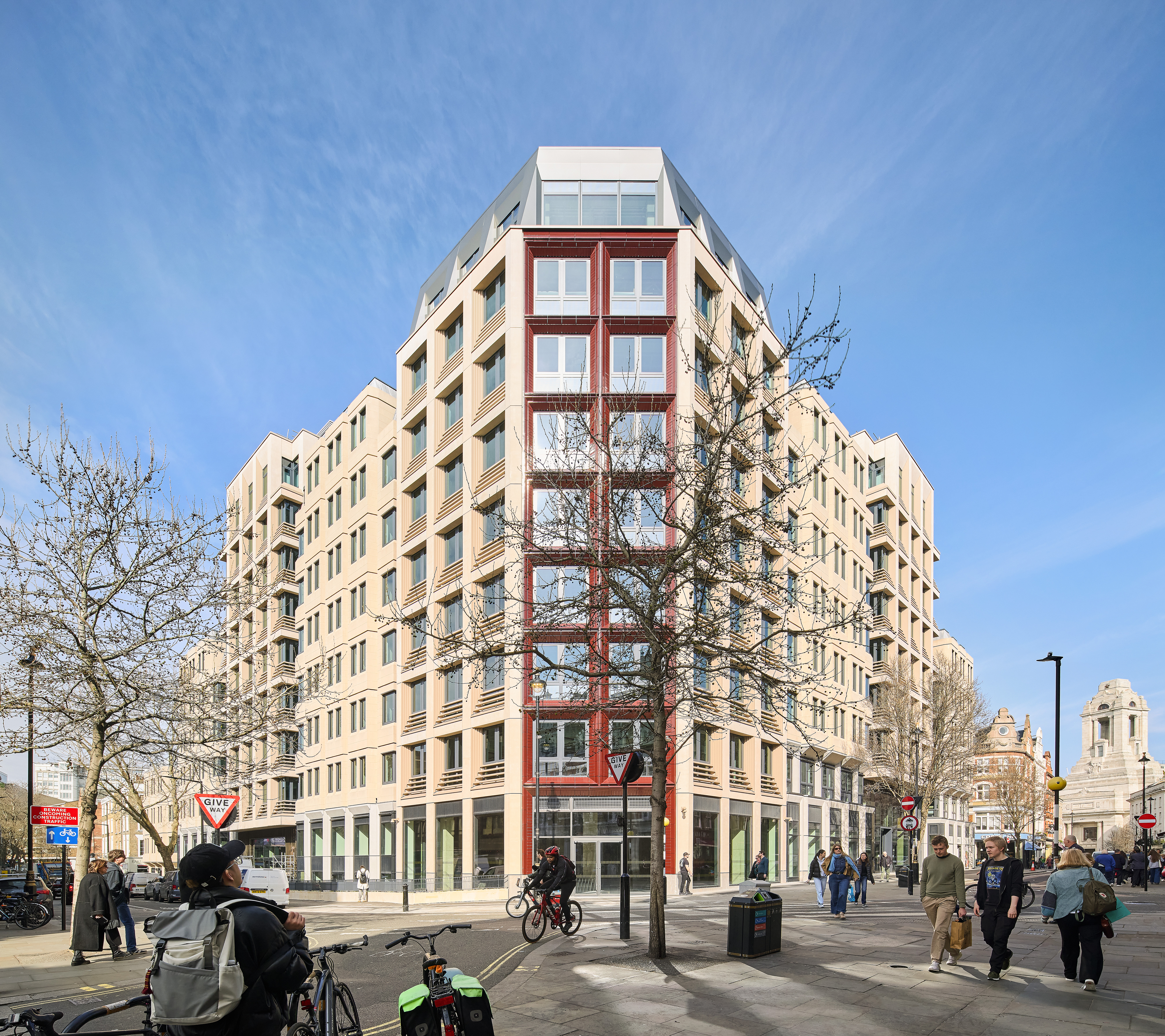
The Acre
The Acre, built on Covent Garden’s Long Acre in the 1970s and reopened last year, has been transformed by global design practice Gensler into a modern, sustainable workplace, saving around 4,200 tonnes of carbon and retaining 80% of the original structure.
Metropolis, the former Woolworths headquarters on Marylebone Road, first commissioned in 1955, is being reimagined as 'the most sustainable building that has already been built' by architects AHMM, set to operate on 100% renewable energy when it opens later this year.
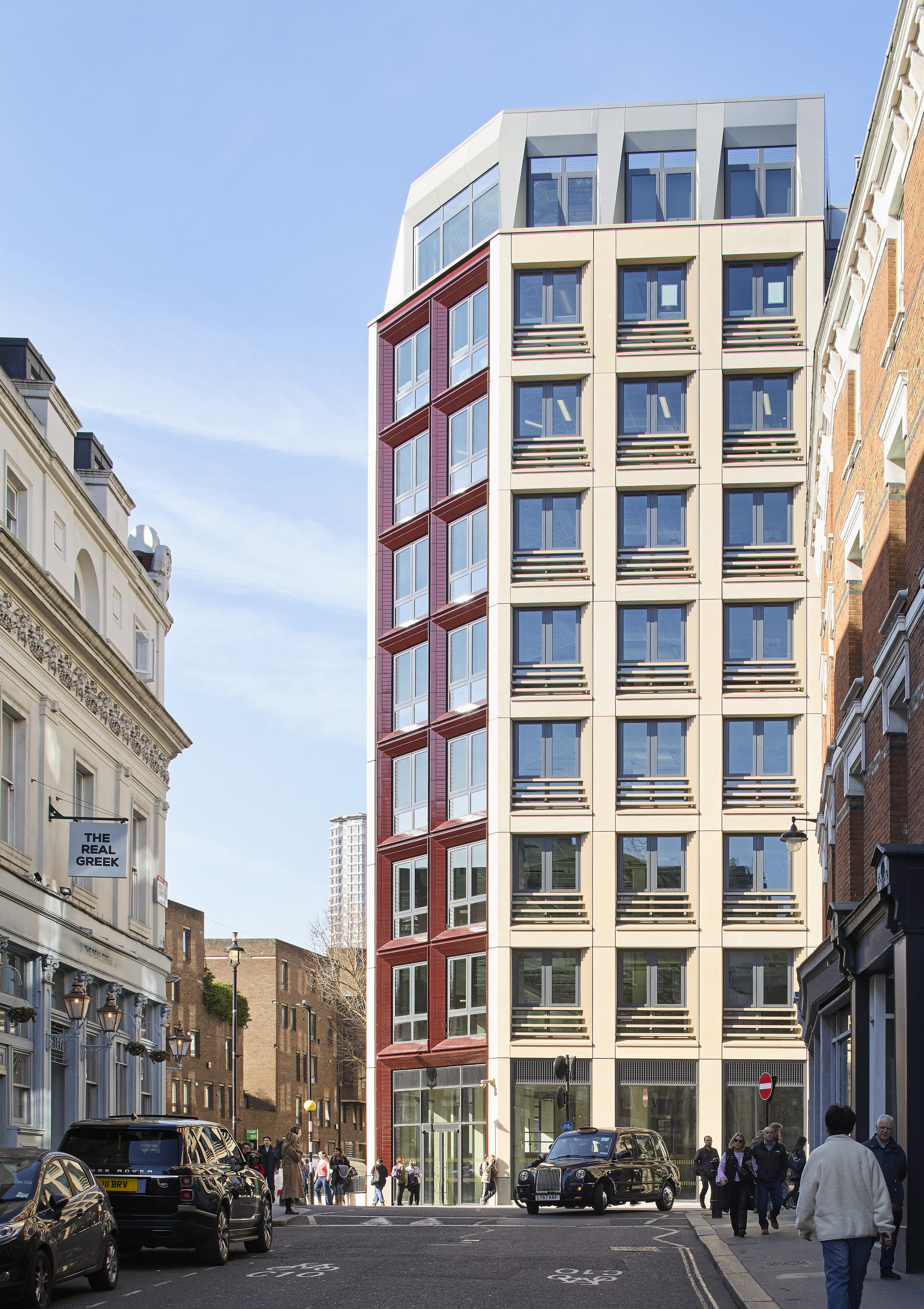
The Acre
There can be little question that this widespread pursuit of ambitious sustainability credentials is future-proofing Seifert’s legacy. Yet, when it comes to the growing popularity of his works, there is also much to be said for the power of provenance. History, original features, a story – that all holds value, and it does so now more than ever, in a city where modern, glass commercial buildings prevail.
In the words of Tyler Goodwin, founder and CEO of Seaforth Land and the developer behind Space House, people are prepared to pay a premium for something different when 'one office is the same as the next, as the next as the next.'
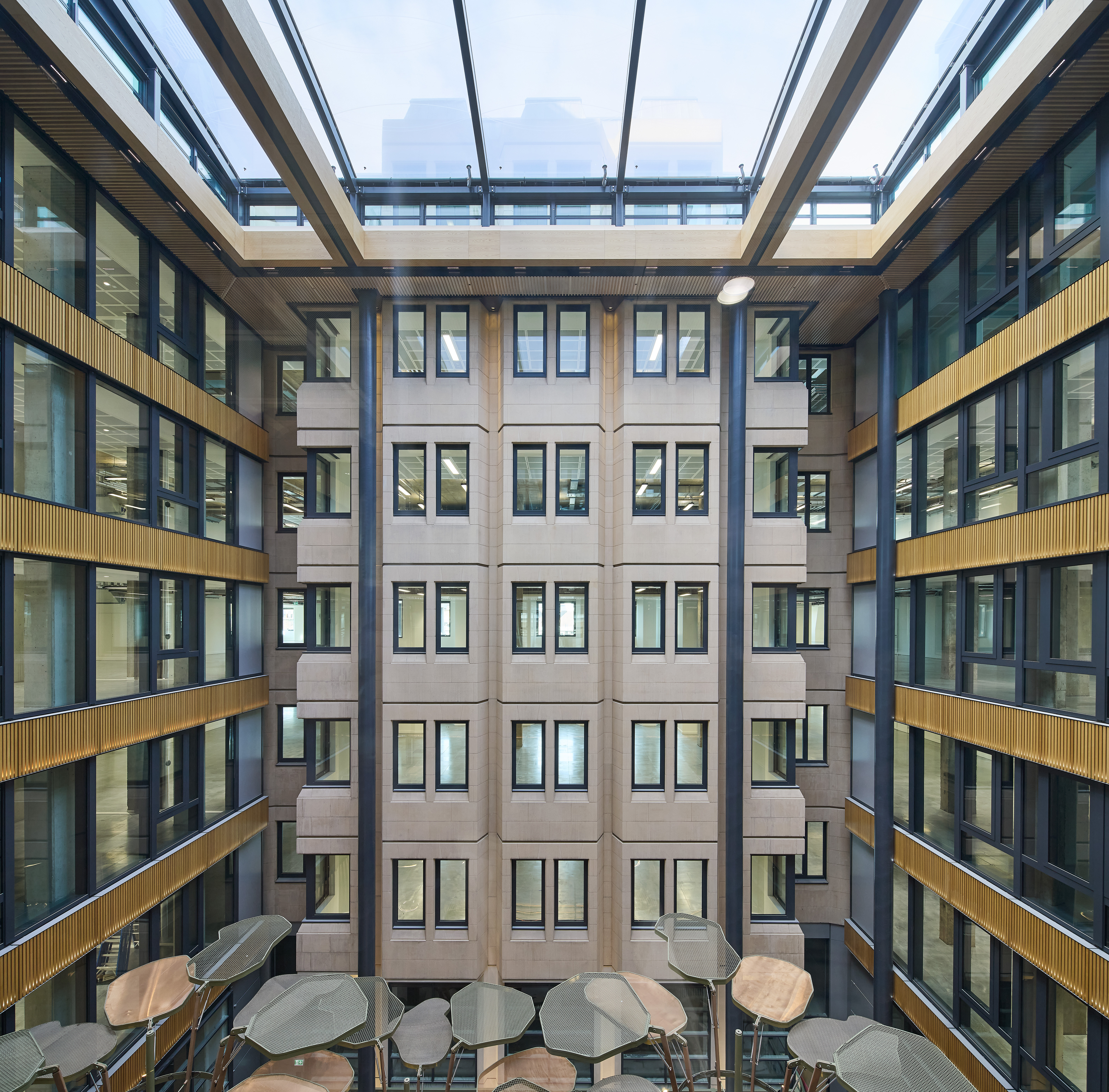
The Acre
As for Richard Seifert, his architecture had long been dismissed as being ‘of its time’, says LandSec U+I’s Evans. The reality, in his opinion at least, is rather different. 'Time hasn’t washed those buildings away,' he says. 'It has just revealed their strength. They aren’t relics. They’ve proved to be adaptable, enduring and capable of new life with new purpose.'
Emily Wright is a journalist and moderator with over twenty years’ experience writing about and commenting on real estate, architecture, design and innovation. Formerly head of content and global editor at leading real estate title Estates Gazette, she now writes for a range of titles including Wallpaper*, The Times, Dezeen and The Spaces and has interviewed architects, developers and political figures including Zaha Hadid, Richard Rogers, Norman Foster, Terence Conran and Donald Trump. A passionate advocate for human-centred design she also writes Well-Placed, a monthly Substack focussed on the importance of places and spaces designed and developed with the end-user in mind.
-
 Inside the new Conservatory at RH England, Aynho Park
Inside the new Conservatory at RH England, Aynho ParkRH unveils a conservatory dining space at its English estate and design showcase, featuring a bespoke chandelier designed by Anoushka Hempel
-
 The Pyramids have a rival – monumental stone sculptures pop up in Giza
The Pyramids have a rival – monumental stone sculptures pop up in GizaOn the Giza Plateau, as part of Art d’Egypte’s ‘Forever is Now 05’, Studio Proba and SolidNature unveil sculptures celebrating geological colour, structural ingenuity and calibrated form
-
 New Porsche Cayenne Electric makes a case for a sporting life with lashings of technology
New Porsche Cayenne Electric makes a case for a sporting life with lashings of technologyThe next-gen Cayenne gets its first all-electric model, a mighty SUV that’s also the first Porsche with wireless charging
-
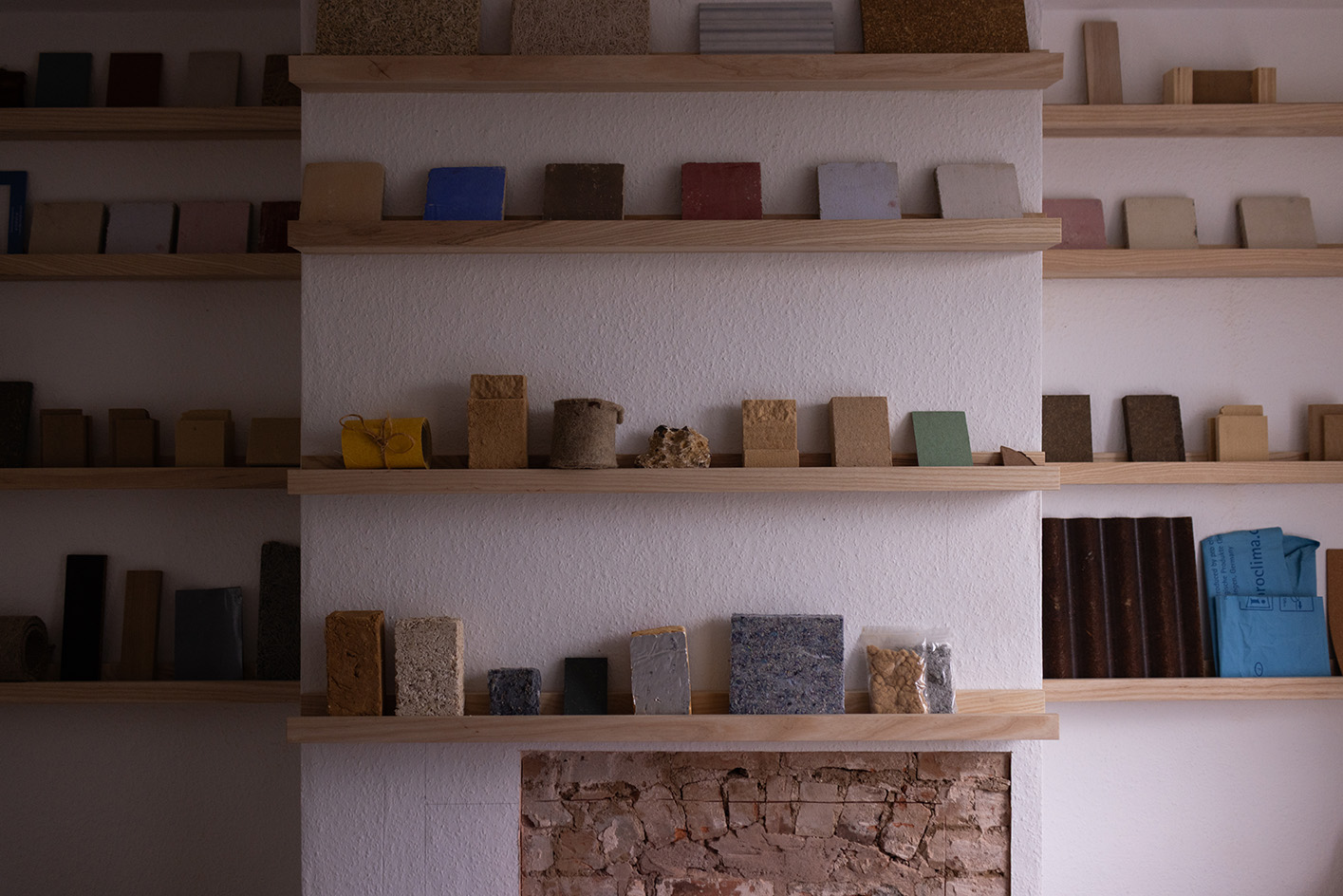 Take a tour of Retrofit House, the live showcase inspiring sustainable homebuilding
Take a tour of Retrofit House, the live showcase inspiring sustainable homebuildingRetrofit House, a showcase for residential redesign using biomaterials and environmentally smart methods, opens in Birmingham, UK, spearheaded by Civic Square, Dark Matter Labs and Material Cultures; we paid it a visit
-
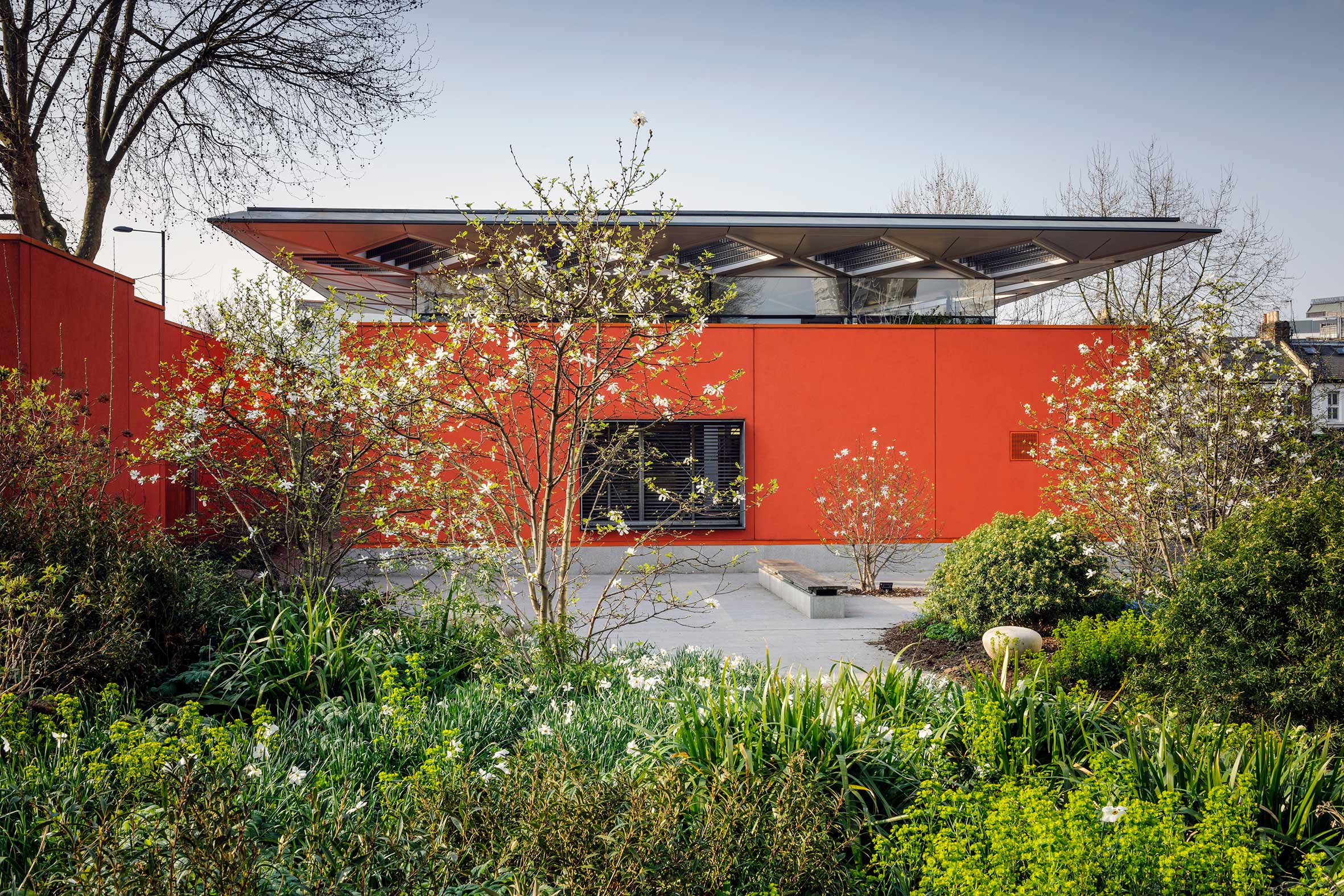 How Maggie’s is redefining cancer care through gardens designed for healing, soothing and liberating
How Maggie’s is redefining cancer care through gardens designed for healing, soothing and liberatingCancer support charity Maggie’s has worked with some of garden design’s most celebrated figures; as it turns 30 next year, advancing upon its goal of ‘30 centres by 30’, we look at the integral role Maggie’s gardens play in nurturing and supporting its users
-
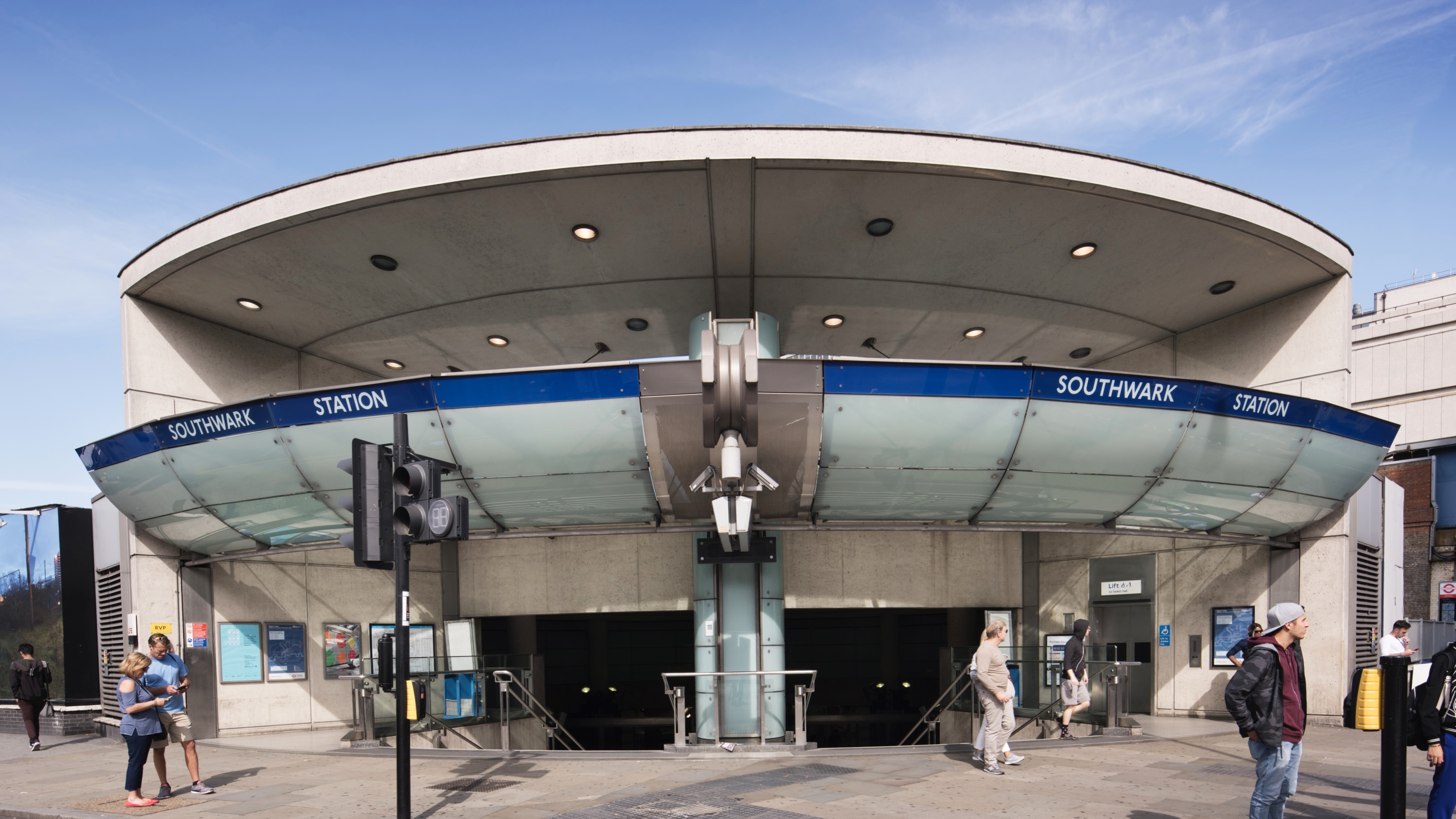 Futuristic-feeling Southwark Tube Station has been granted Grade II-listed status
Futuristic-feeling Southwark Tube Station has been granted Grade II-listed statusCelebrated as an iconic piece of late 20th-century design, the station has been added to England’s National Heritage List
-
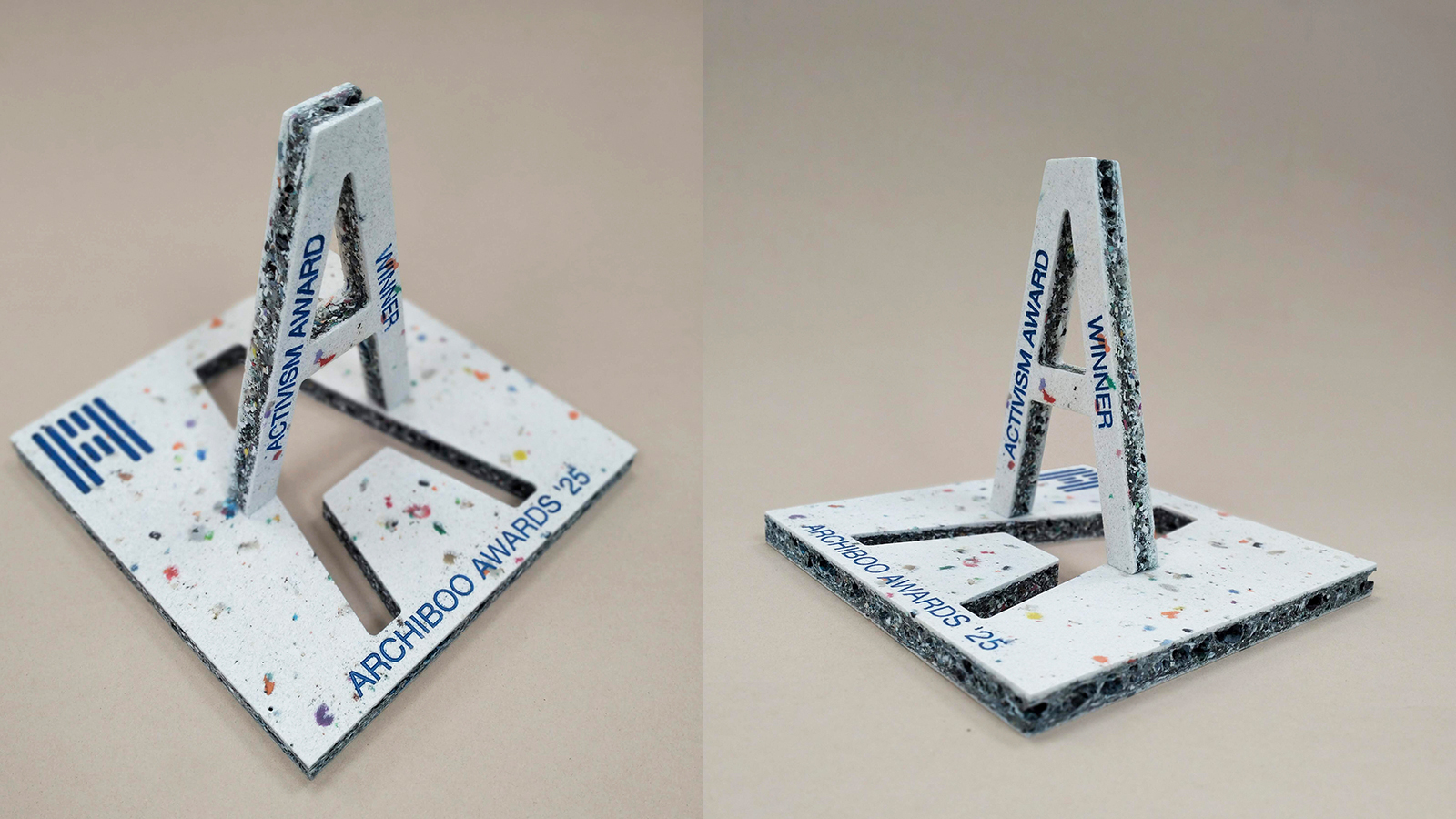 Archiboo Awards 2025 revealed, including prizes for architecture activism and use of AI
Archiboo Awards 2025 revealed, including prizes for architecture activism and use of AIArchiboo Awards 2025 are announced, highlighting Narrative Practice as winners of the Activism in architecture category this year, among several other accolades
-
 Backstage at the Old Vic is all about light, theatre and sustainable action
Backstage at the Old Vic is all about light, theatre and sustainable actionThe theatre's new creative hub by Haworth Tompkins has completed, bringing a distinctly contemporary and colourful addition to the popular theatre space in South London
-
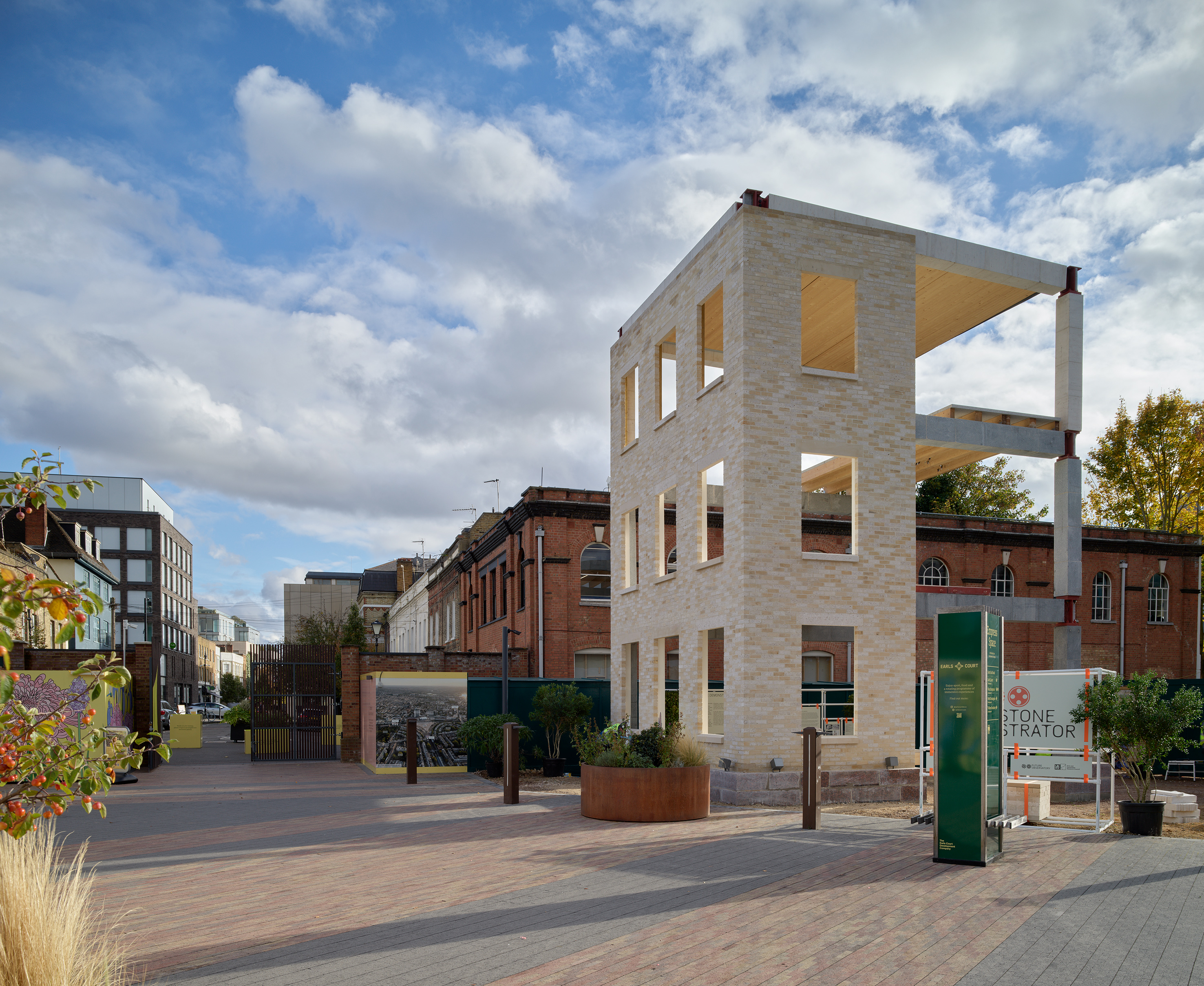 Tempted to try building with stone? This project will convince you of its merits
Tempted to try building with stone? This project will convince you of its meritsWelcome to the Future Observatory's The Stone Demonstrator, a project conceived to show off the material's strong points, now on display in West London
-
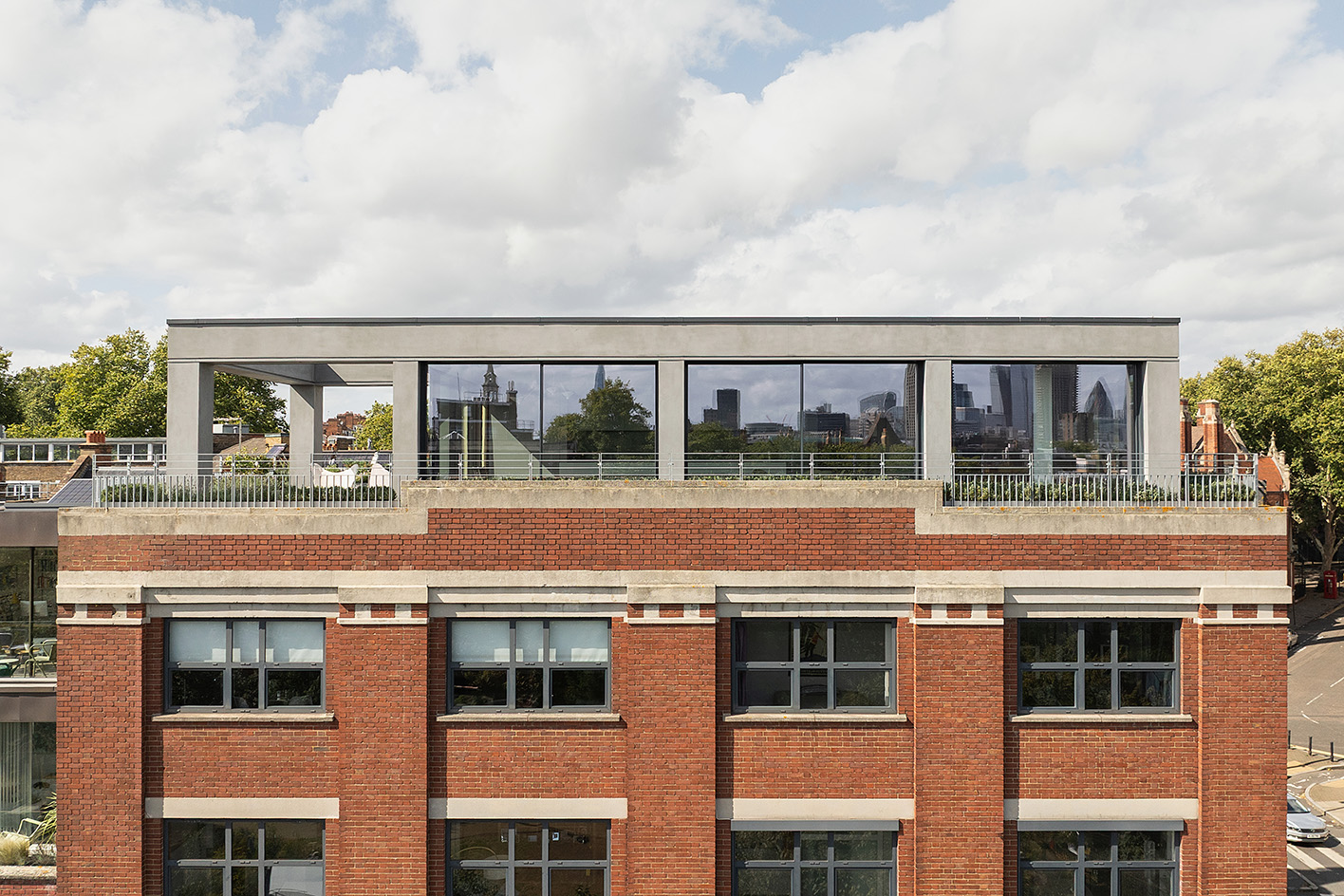 Step inside this Clerkenwell Rooftop, transformed into a minimalist urban abode
Step inside this Clerkenwell Rooftop, transformed into a minimalist urban abodeA Clerkenwell Rooftop has been transformed by Studio Felicity Bell into a minimalist modern home, featuring airy interiors and long views of London
-
 Welcome to The Gingerbread City – a baked metropolis exploring the idea of urban ‘play’
Welcome to The Gingerbread City – a baked metropolis exploring the idea of urban ‘play’The Museum of Architecture’s annual exhibition challenges professionals to construct an imaginary, interactive city entirely out of gingerbread